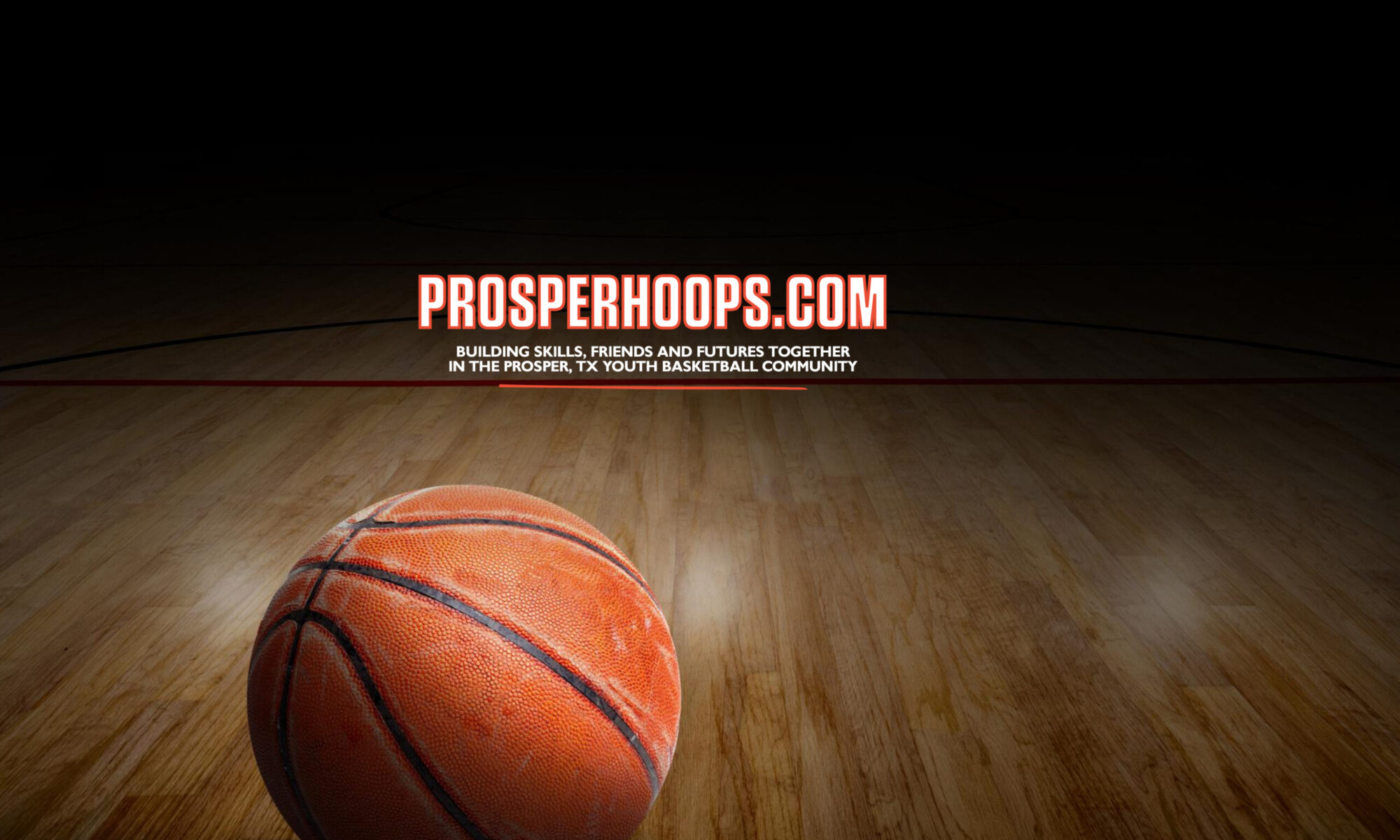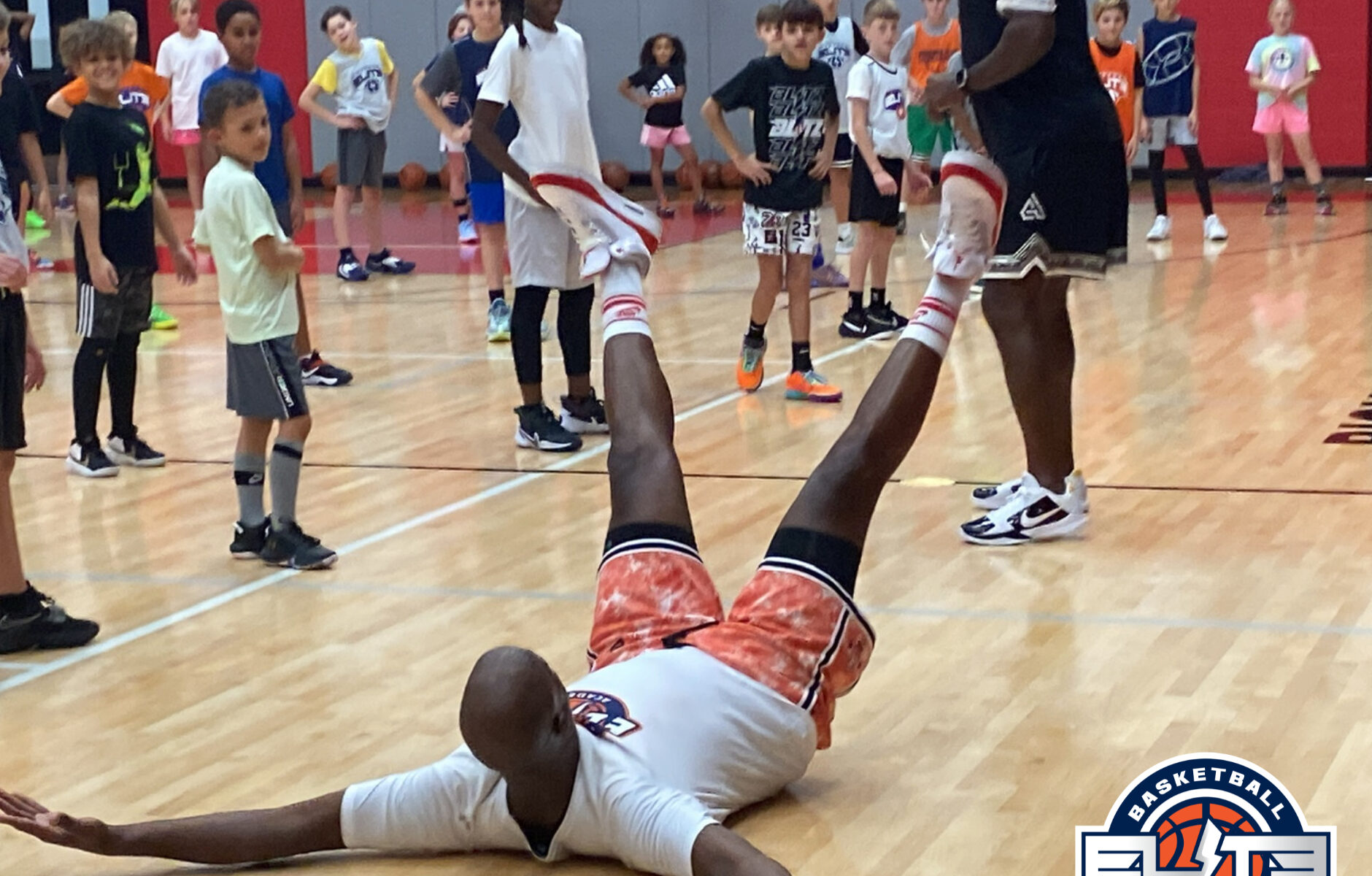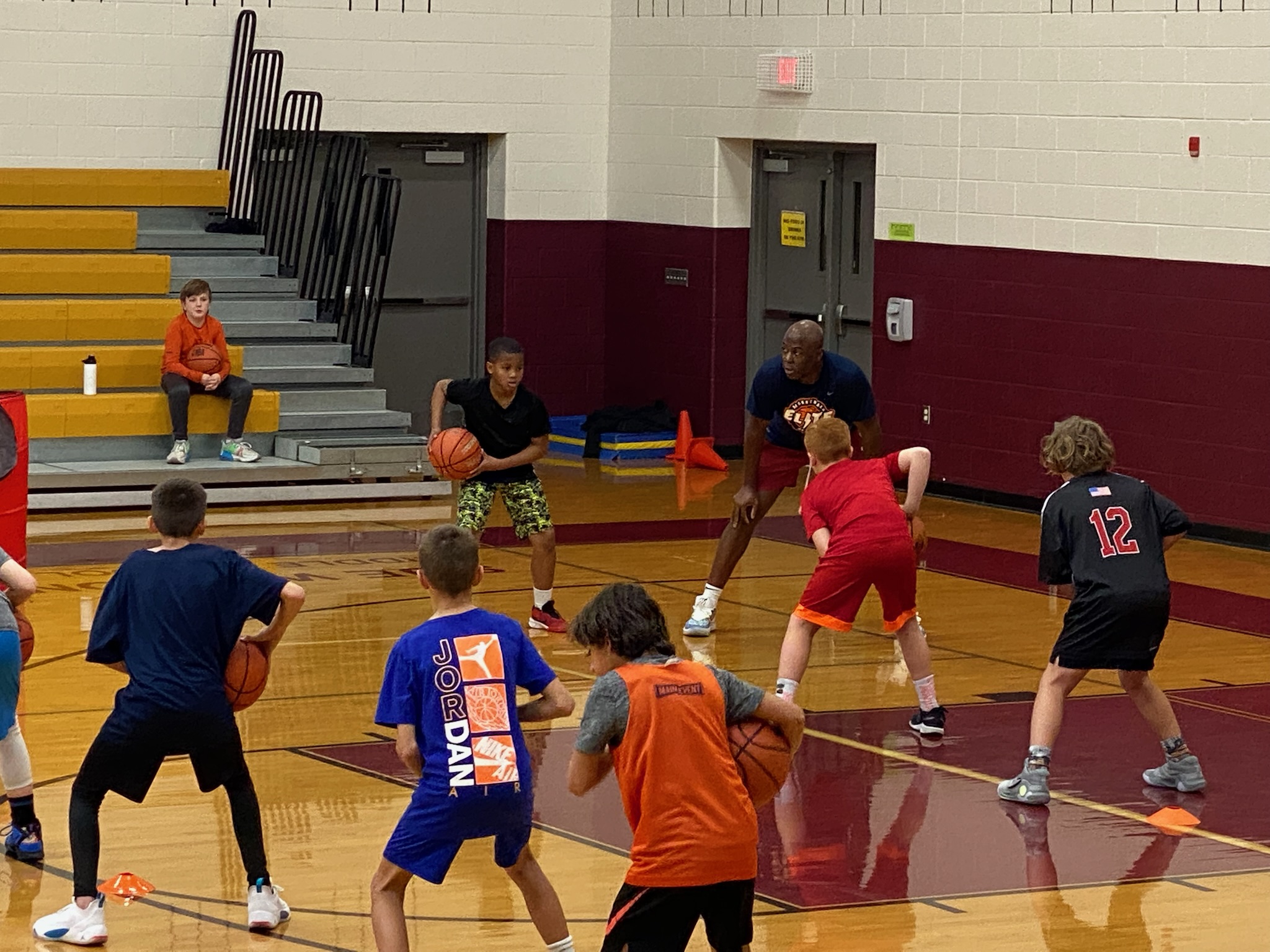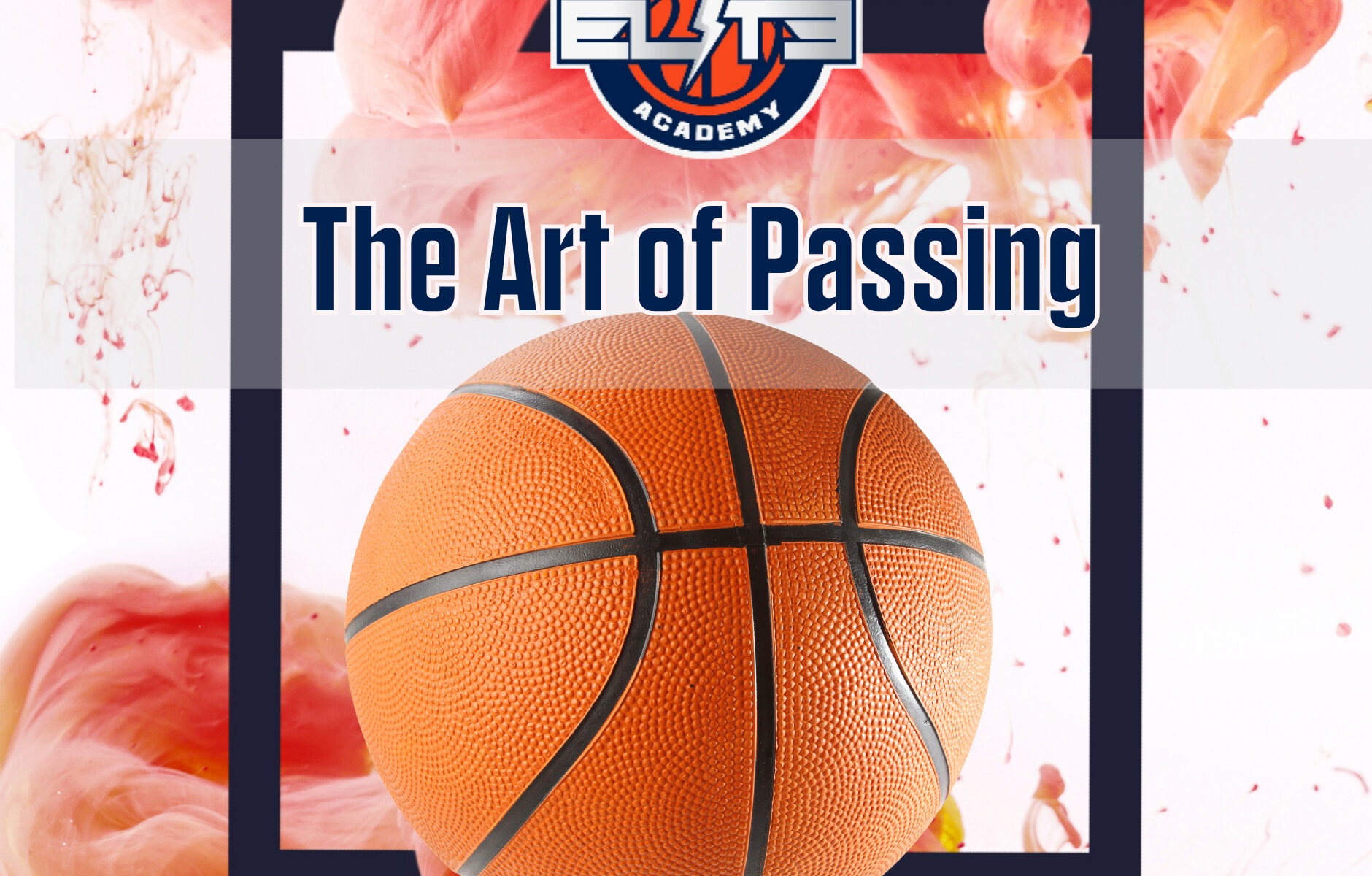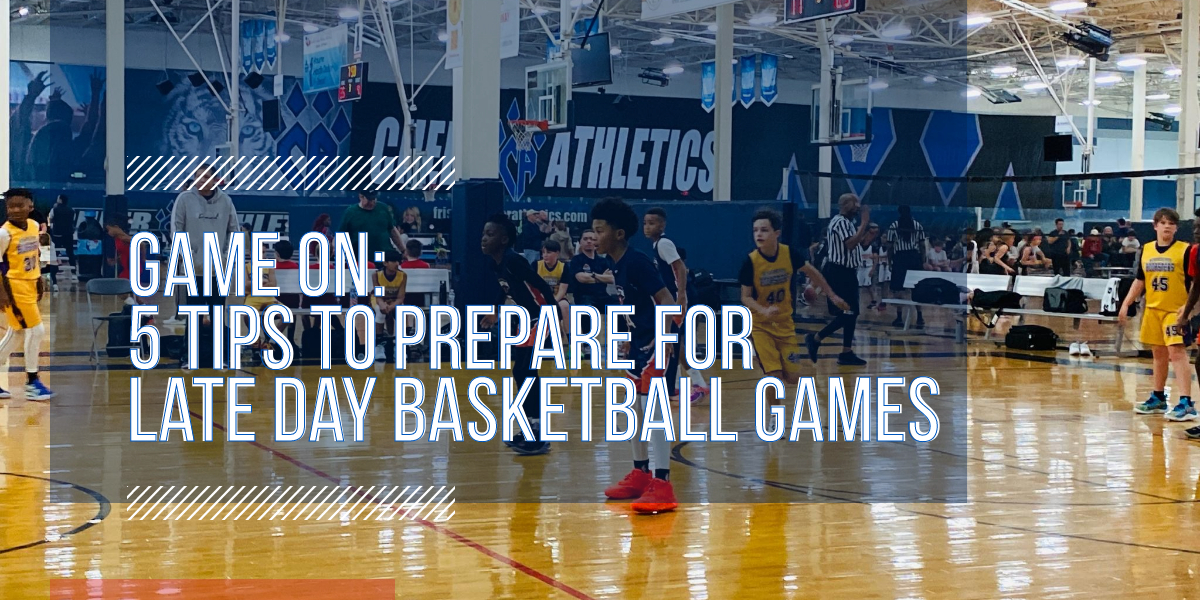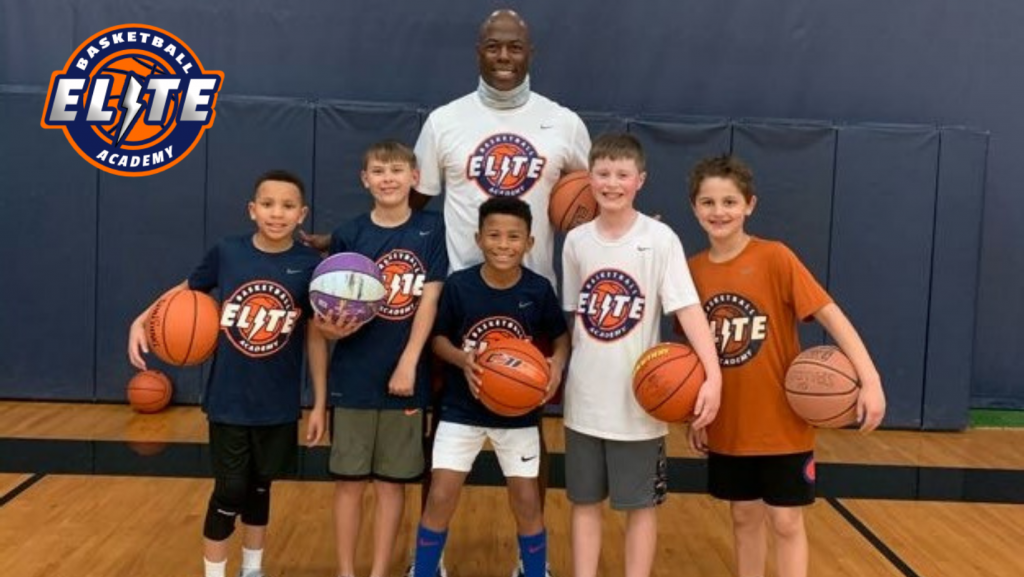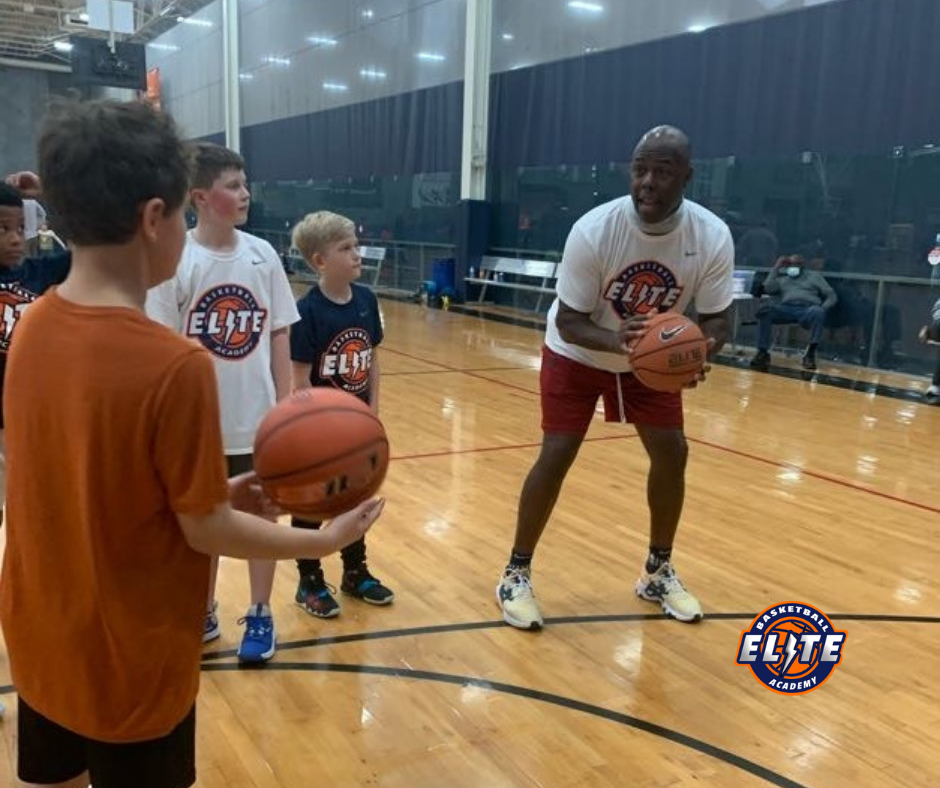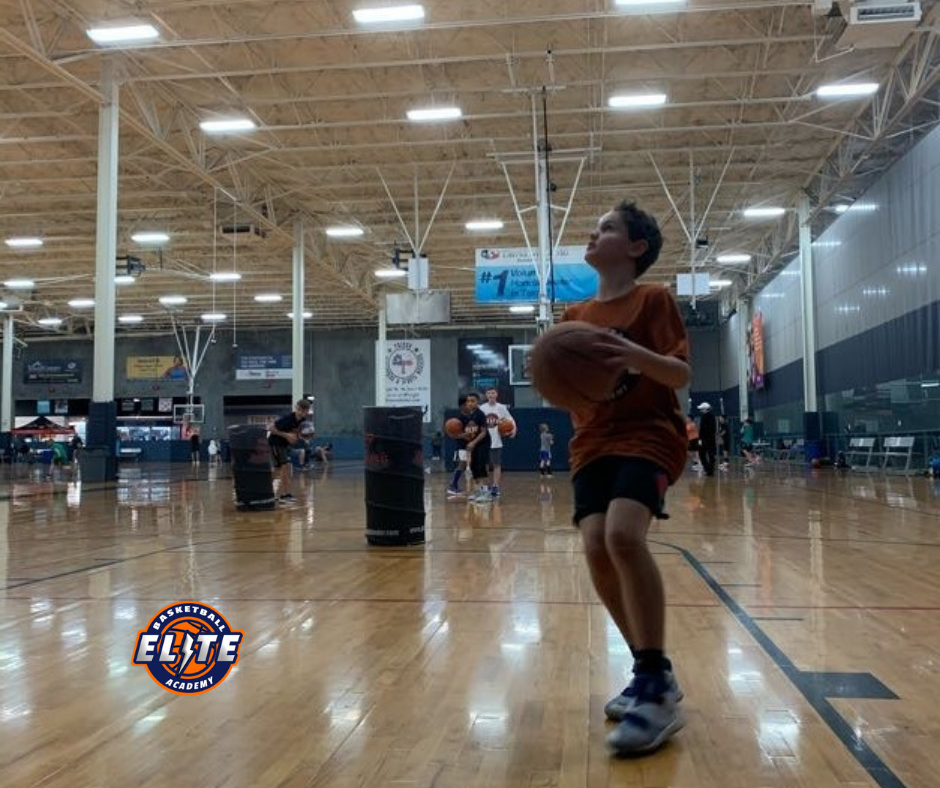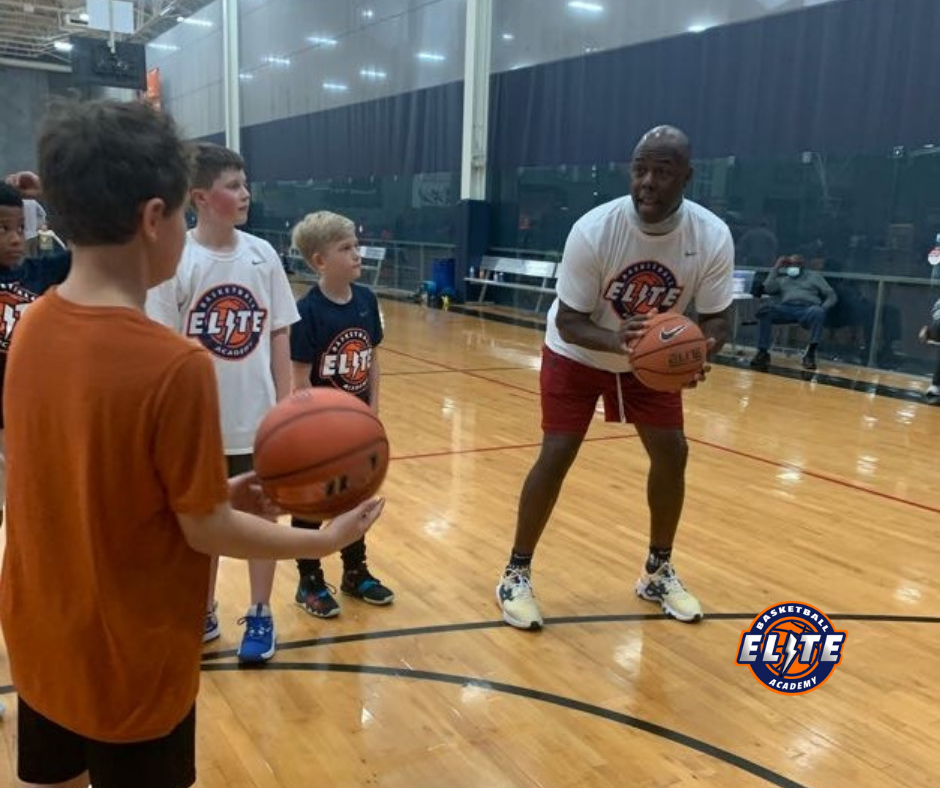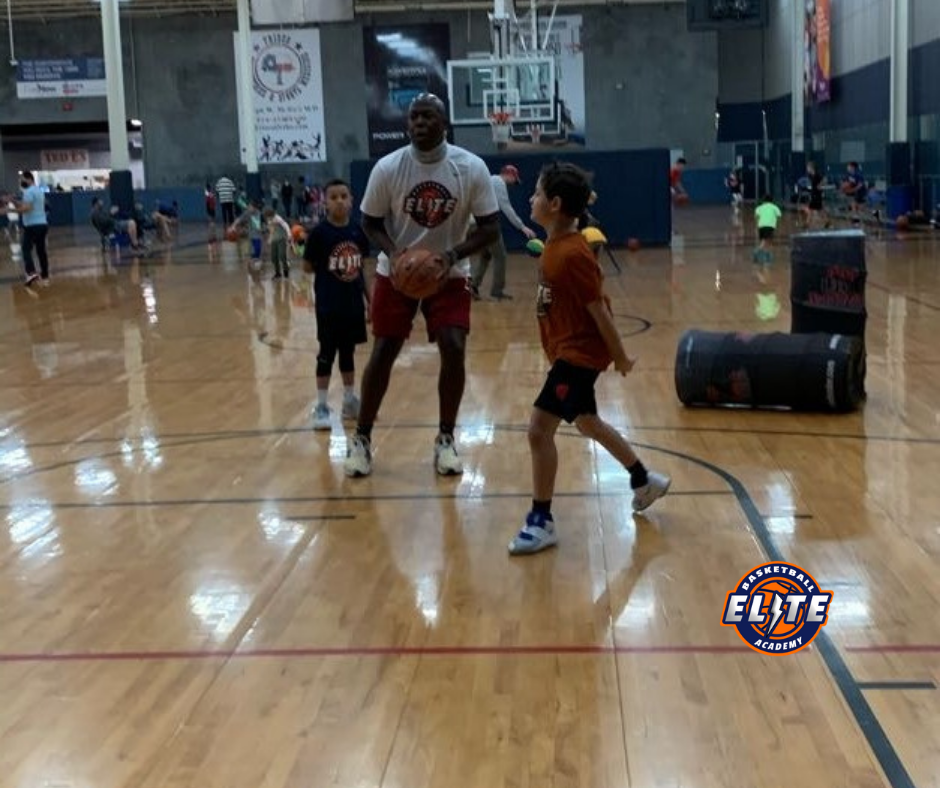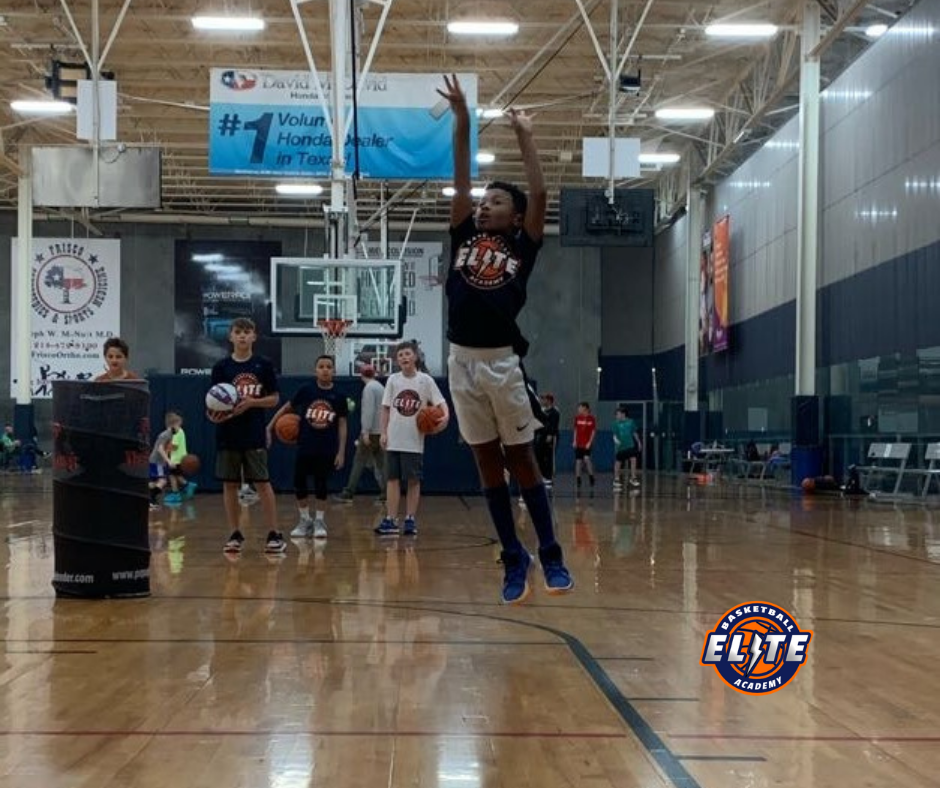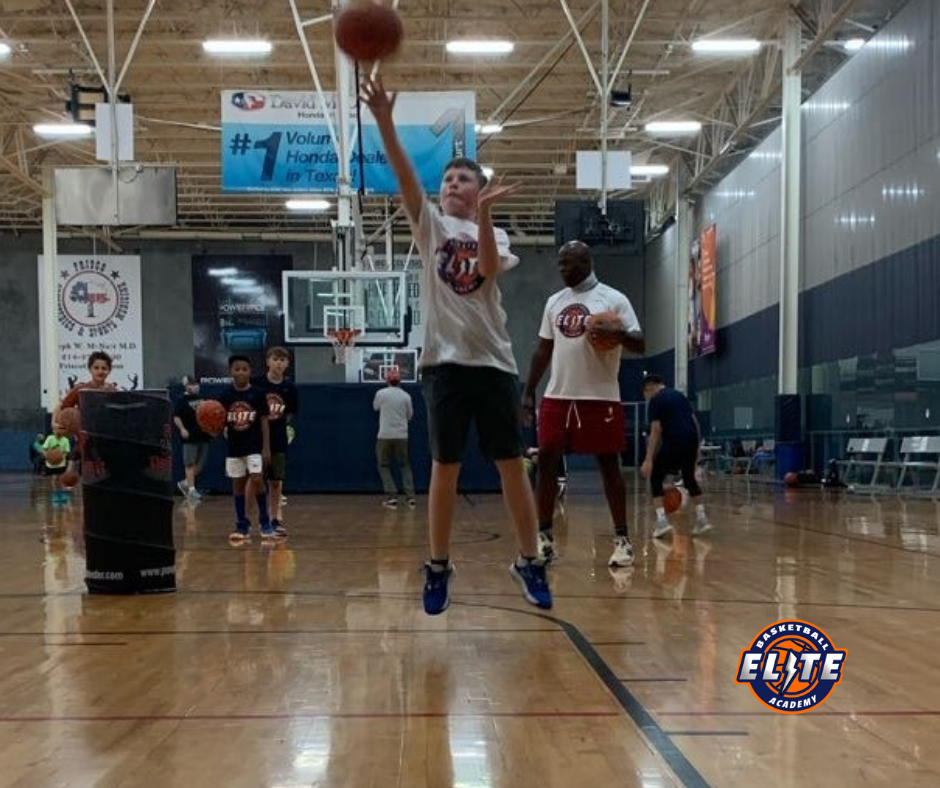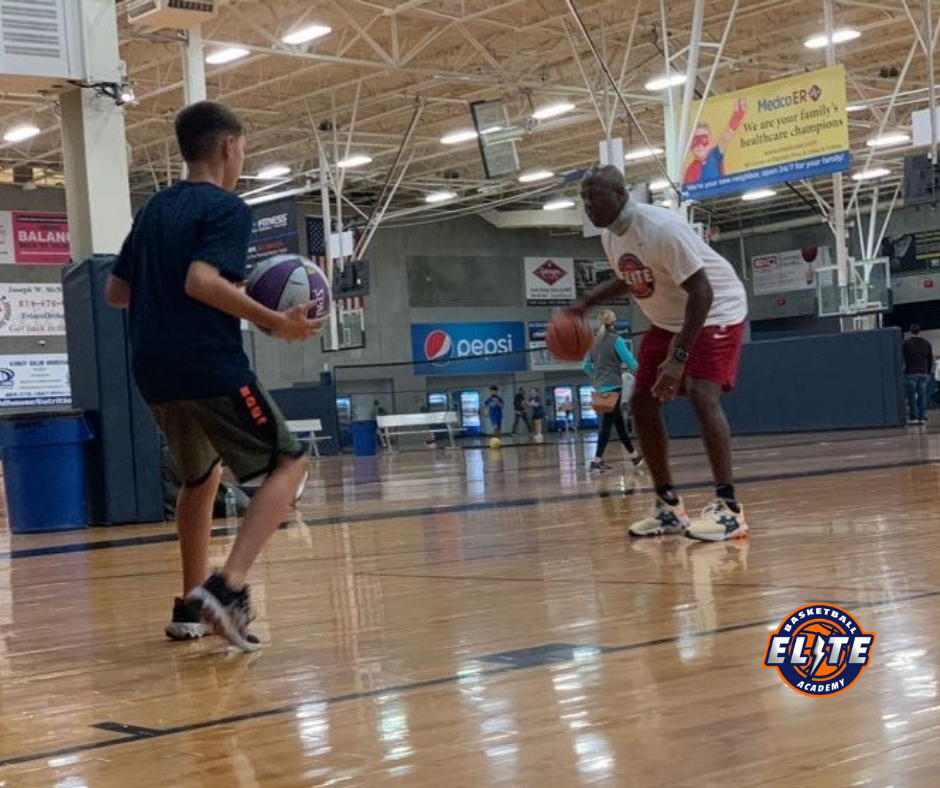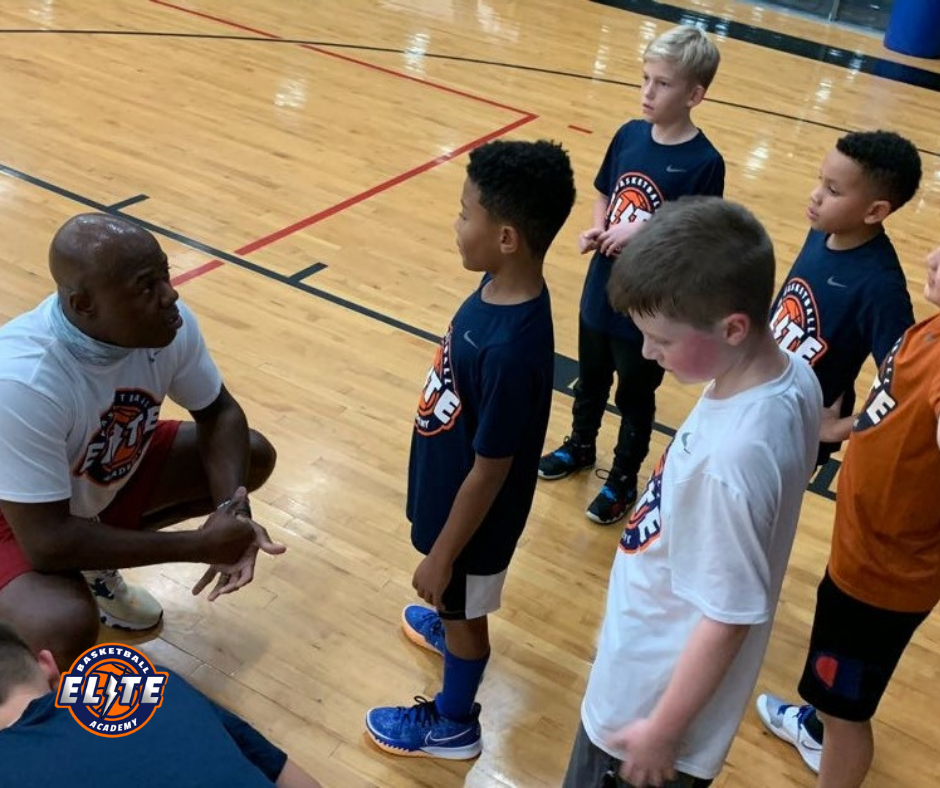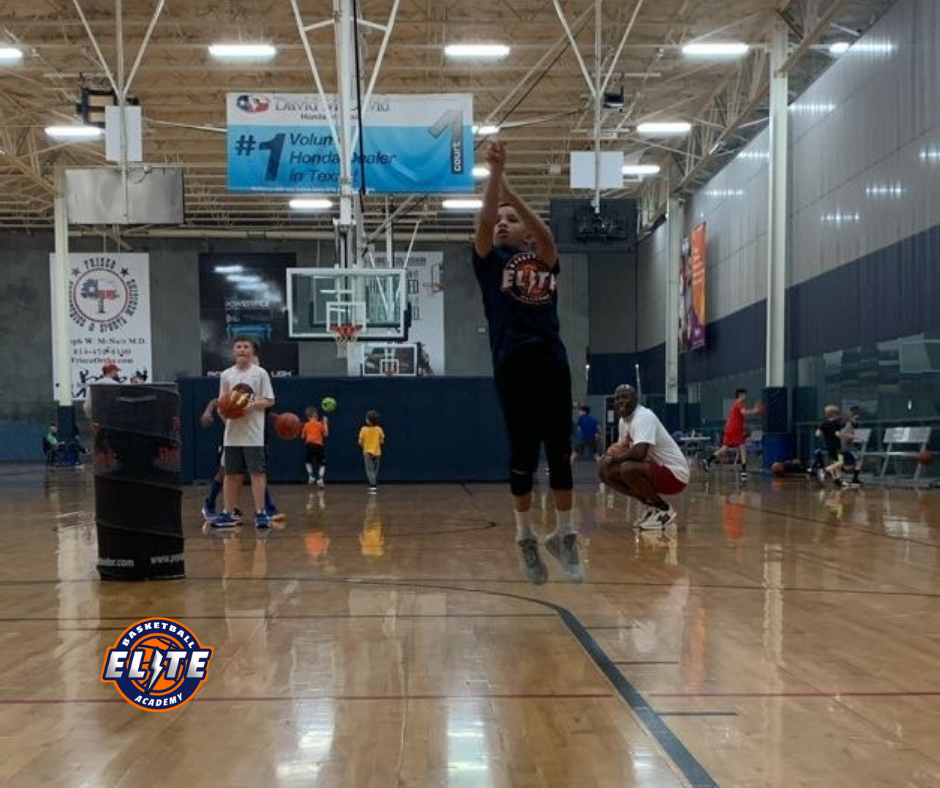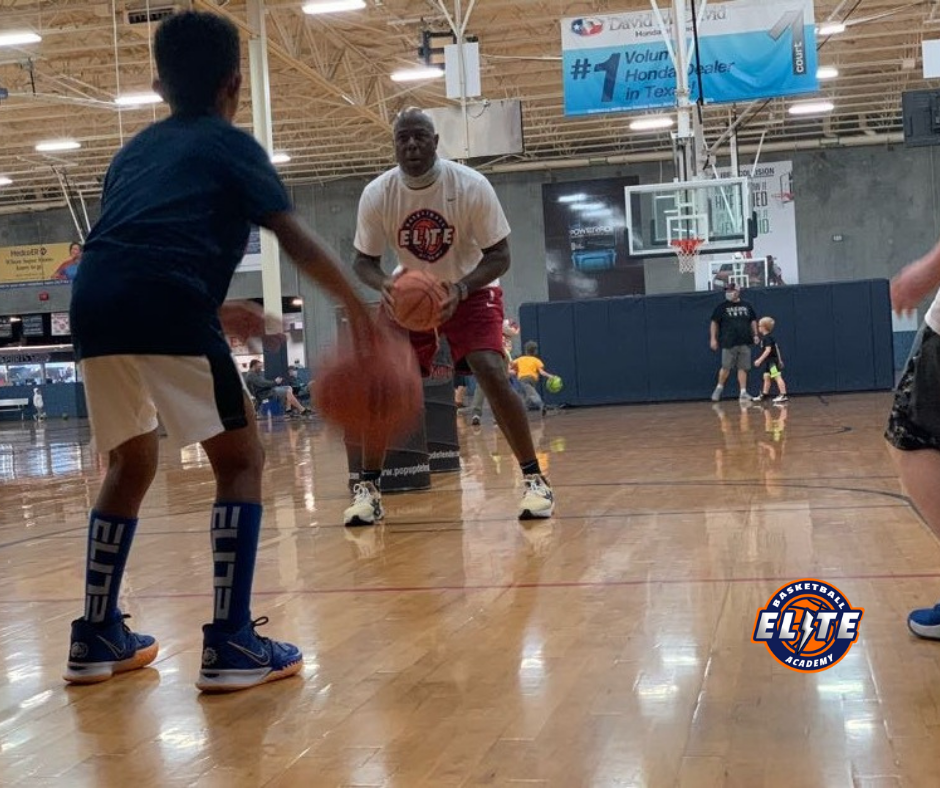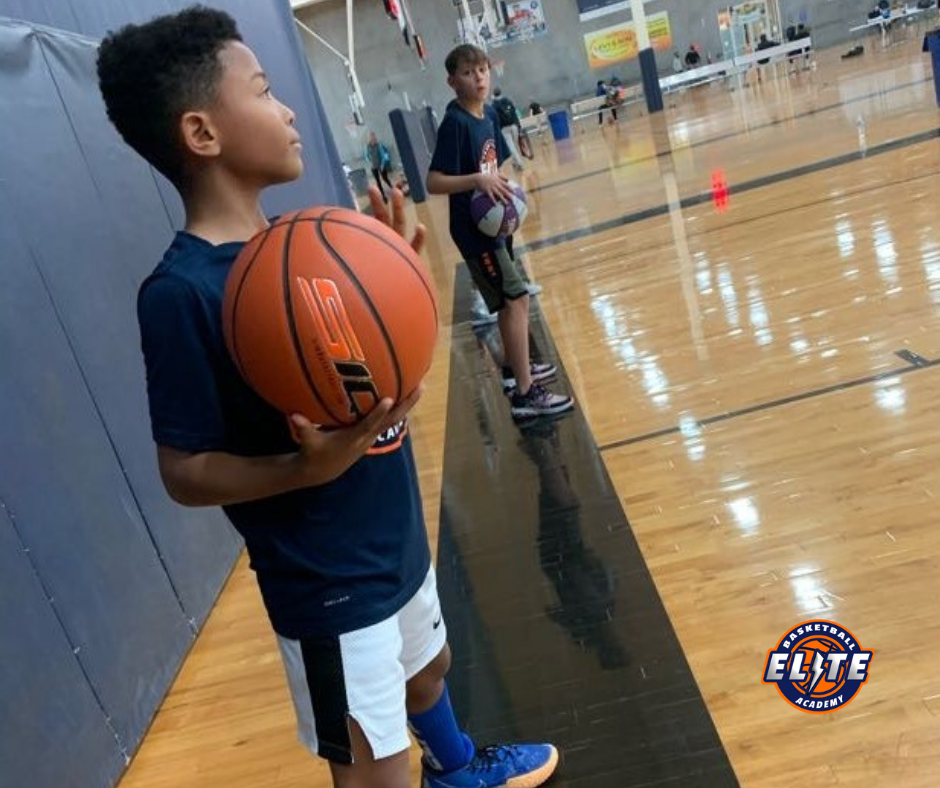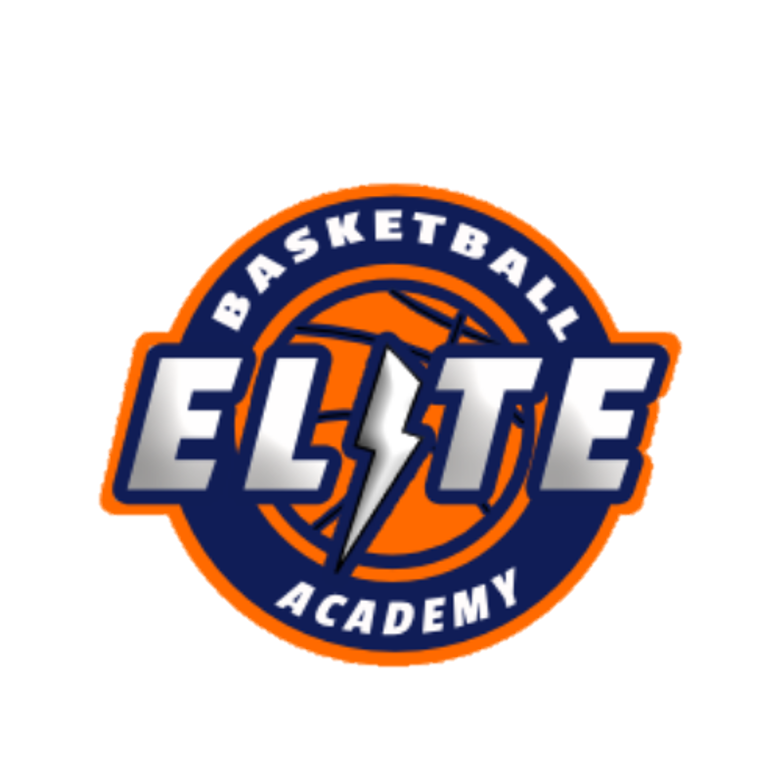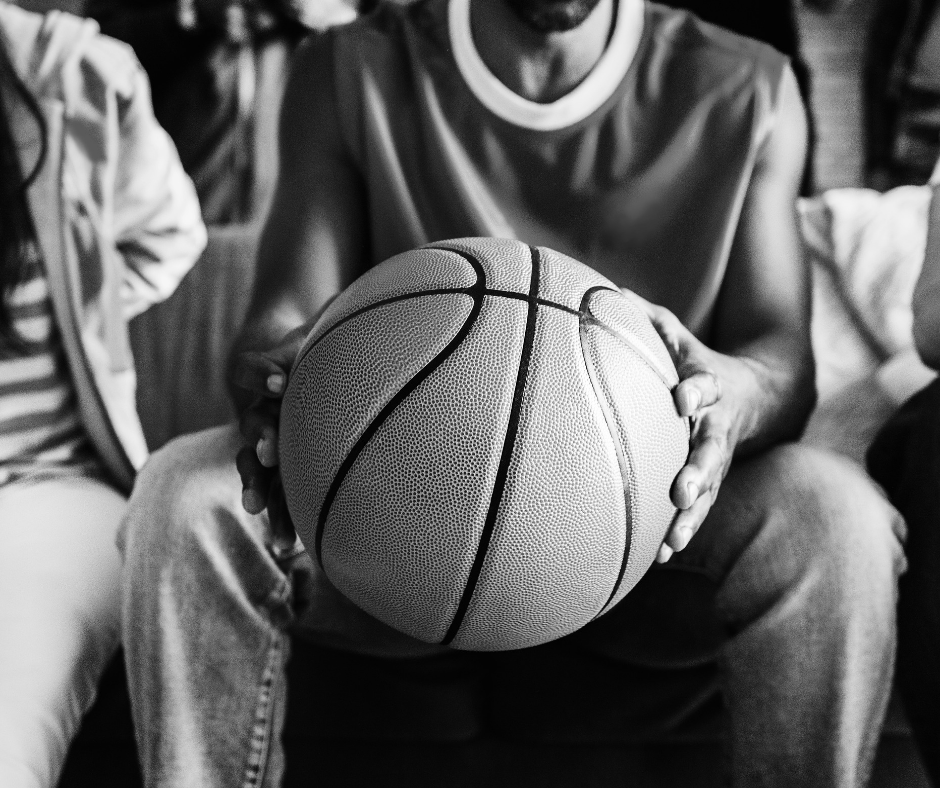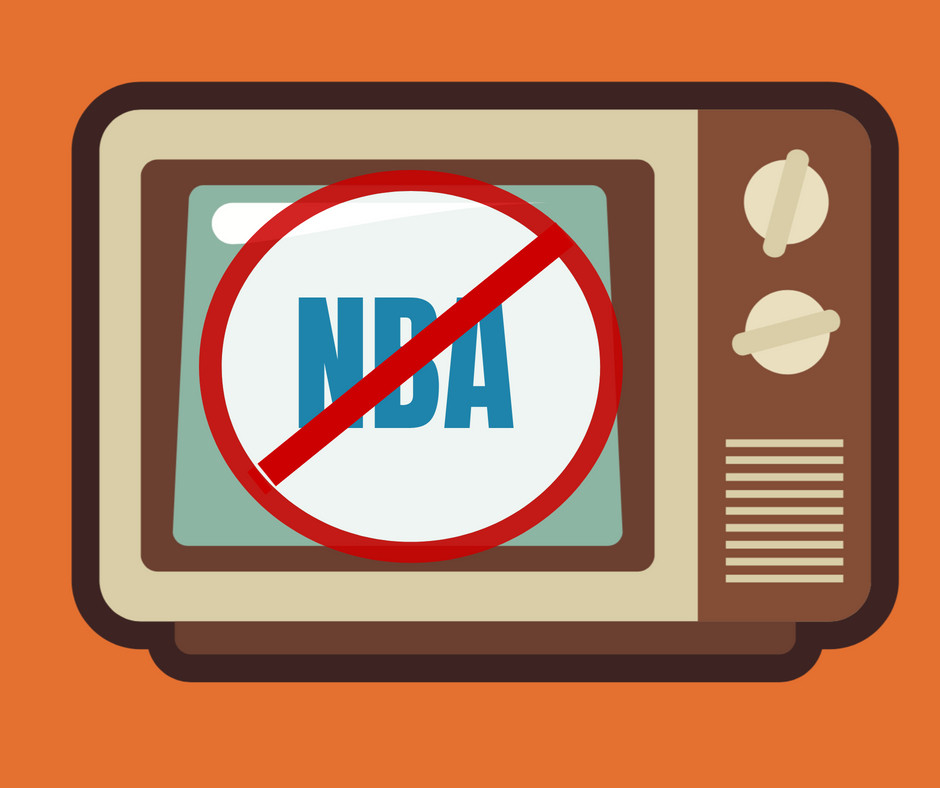Basketball coaching transcends mere instruction; it’s an art of bringing out the best in every player. Exceptional coaches distinguish themselves not just by their knowledge of the game, but by their ability to unlock the full potential of their athletes. This journey, while demanding, is incredibly rewarding. Here, I’ll share insights from my journey as a player and now as a coach, focusing on three critical strategies to optimize player development.
Personalized Player Evaluation
Think of a basketball coach as a skilled artisan, where each player is a unique piece of work. The first step is a thorough assessment, understanding each player’s strengths and areas for improvement (opportunity). This can be achieved through various skills/drills and exercises, tailored to reveal different facets of a player’s game.
Imagine a player struggling with ball handling while maintaining court vision. A novel approach might involve integrating tennis ball drills, encouraging them to keep their eyes up. The key is the customization of training methods, ensuring that they address specific needs and not resorting to a one-size-fits-all approach.
Strategic Development Plan
Effective player development requires a roadmap. This involves setting both immediate and long-term objectives, unique to each player. Involve the players in this process; let them jot down their goals and weekly actions on paper. This not only fosters a sense of ownership but also makes the journey more personal and meaningful.
The plan must accentuate the player’s strengths while diligently working on their opportunities for improvement. Every step, every drill, every feedback should be a calculated move towards these goals.
Educating Players on the Game’s Nuances
Understanding the ‘why’ behind actions empowers players to perform better. As a coach, it’s crucial to explain the rationale behind each technique and strategy. This approach not only enhances compliance but also enriches the players’ understanding of the game, boosting their basketball IQ.
Incorporating film sessions, analyzing plays, and learning from seasoned players can provide invaluable insights into the game’s subtleties. This comprehensive understanding enables players to execute moves with greater confidence and precision.
Conclusion: The Art of Player Development
The role of a basketball coach is multifaceted, demanding both passion and dedication. The true reward lies in witnessing the transformation of your players, helping them realize their dreams and reach their peak potential. It’s a journey that demands perseverance and commitment but offers unparalleled satisfaction in the long run.
